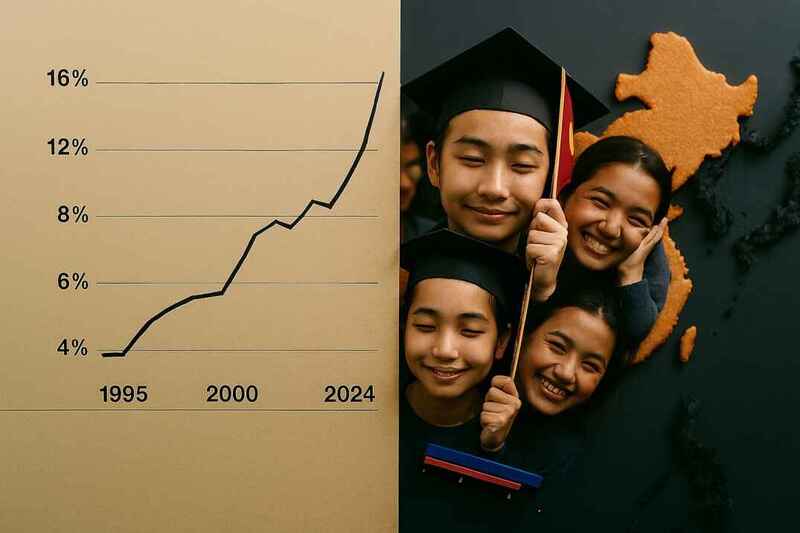
China Us Superpower Showdown: Fight For Global Supremacy, Tariffs, And Global Trade Implications
The Origins of Escalating Tensions
The current wave of U.S.–China economic conflict can be traced back to the first term of President Donald Trump. In 2017, the U.S. began implementing aggressive economic policies against China. In 2018, the U.S. imposed a 25% tariff on $50 billion worth of Chinese goods, citing unfair trade practices. In retaliation, China imposed a 25% tariff on American agricultural exports and curtailed imports of U.S. energy and manufactured goods.
Alliances and Strategic Positioning
In the ongoing struggle for global influence, both China and the U.S. have sought to build alliances with other nations to bolster their positions. Through policies and economic initiatives, each side aims to gather support and maintain their claims to supremacy, deepening the global division between East and West.
The Global Fallout: Impact on Developing Nations
The rivalry between these two superpowers has had severe consequences for poorer countries, whose economies are heavily dependent on global trade and investment from wealthier nations. Many emerging economies find themselves caught in the crossfire, facing instability and diminished opportunities as the East-West divide deepens.
New U.S. Leadership and Renewed Trade Aggression
Earlier this year, under newly re-elected President Donald Trump, the U.S. administration introduced a fresh set of economic policies aimed at what he termed "restoring the glory of the United States." However, these policies have reignited tensions and plunged global markets into further uncertainty, exacerbating existing strains on international commerce.
Ripple Effects Across Global Markets
Among the new measures, the U.S. imposed a 10% tariff on Chinese imports to curb American dependence on Chinese goods. The move had immediate effects on various markets:
- S&P 500: Experienced a 0.72% decline following the 2018 tariffs.
- Energy Markets: Commodities like liquefied natural gas (LNG) and crude oil faced increased uncertainty.
- Forex Markets: Heightened volatility, especially in the USD/CNH currency pair, as global investors reacted to escalating tensions.
Broader Economic Disruptions: Supply Chains and Inflation
The U.S.–China trade conflict has disrupted global supply chains, contributed to inflationary pressures, and triggered shifts in global trade alliances. Without an industrial base comparable to China, U.S. tariffs have led to increased domestic prices and trade deficits. In response, China has sought alternative markets for its exports, accelerating a realignment of international trade networks.
Countries such as India, Mexico, and Vietnam are repositioning themselves as alternative hubs for manufacturing and supply chains, reducing reliance on either China or the U.S.
Technological Decoupling and Innovation Race
Another major consequence of the rivalry is technological decoupling. Both nations are racing to outpace each other in fields such as:
- 5G Technology
- Artificial Intelligence (AI)
- Advanced Manufacturing
This competitive push has fostered innovation but has also heightened divisions in global technology standards and collaborations.
Geopolitical Tensions and Global Division
The escalating trade war is also fueling geopolitical tensions. Countries are increasingly forced to choose sides either aligning with the East or the West or risk losing critical economic and diplomatic support. This bifurcation threatens global unity and has made international relations more volatile.
A Battle With Global Consequences
Although both nations claim to pursue stronger trade and economic systems, their actions often resemble a strategic battle for dominance rather than fair economic development. As competition persists, China and the U.S. must recognize the broader consequences of their rivalry. Global economic stability, mutual respect, and responsible leadership are essential if the world is to avoid deeper divisions and prolonged economic instability.



